
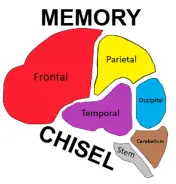
Memory Chisel
Think now, Think deeper

Think now, Think deeper

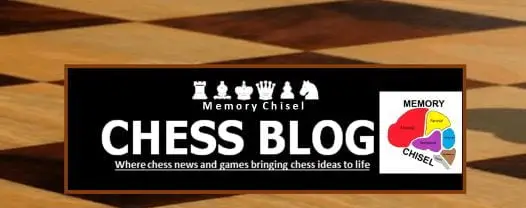

06/10/2021 – GM Teimur Radjabov considered the most feared King’s Indian player. I have seen many of his games and there’s a resemblance with GM Kasparov’s games.
Our featured two (2) games are both King’s Indian themes although there are transpositions that are diverted to different opening lines. GM Mamedyarov used white’s g3 line, while the 2nd featured game, GM Kramnik dealt with GM Radjabov’s prepared King’s Indian line 7..exd4 (avoiding the Bayonet Attack). Let’s enjoy these games while having coffee and chocolate cake…Yum!!
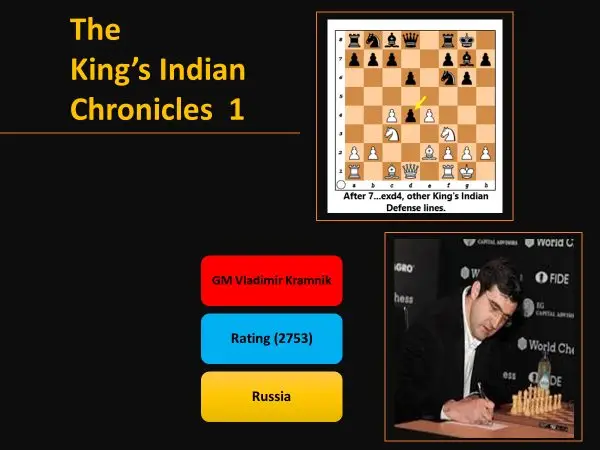
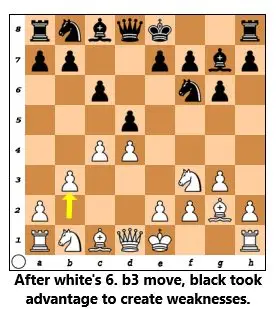
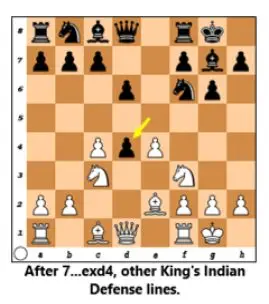

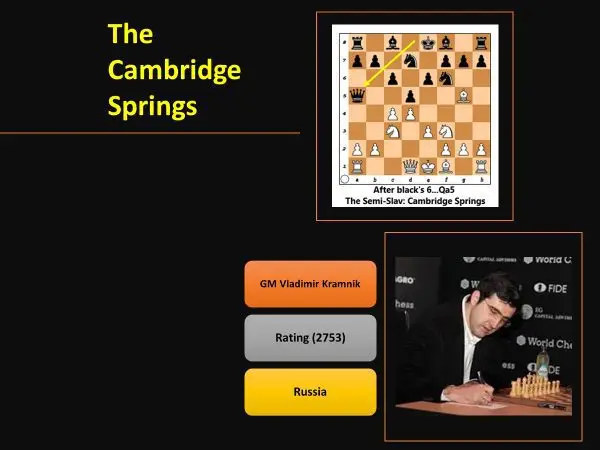


17/09/2021 – The Semi-Slav: Cambridge Springs idea is to immediately attack white’s queenside at move 6…Qa5 combined with support from knight at f6 and bishop at f8. But white’s a3 !! the move disrupts black’s intention to damage white’s queenside. Our featured 2 games are based on black’s variation 7…Nxd5.
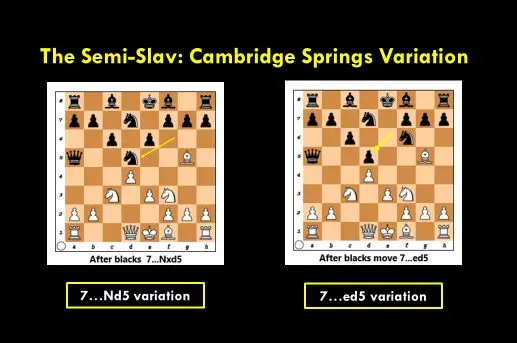
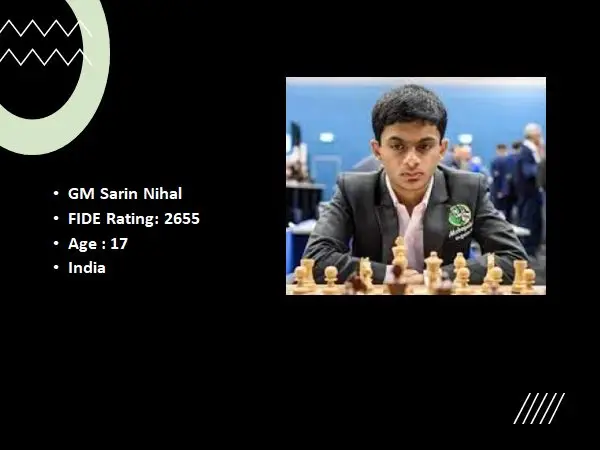
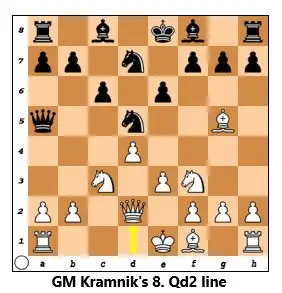
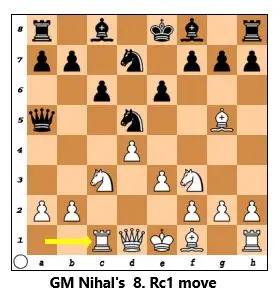

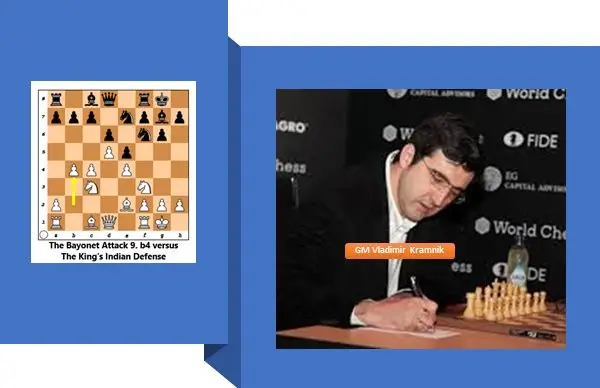

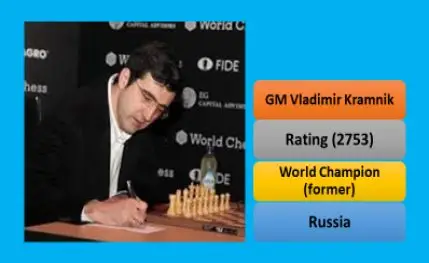
14/09/2021 – The Bayonet Attack is one of several Anti-King’s Indian systems main goal is to tame the dangerous bishop at g7. The bishop at g7 many times chessplayers call it “The Dragon Bishop”. Another strategy is to control the center then execute an attack at black’s queenside in a methodical manner.
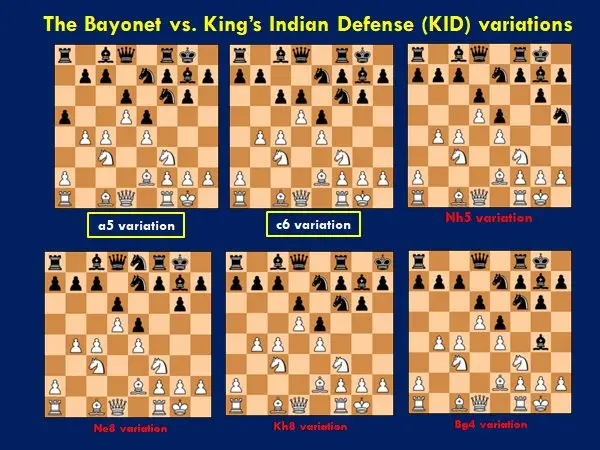
Series 1 of the Bayonet Attack (chess blog No. 29/dated: 09/09/2021), we discussed black variations 10…Nf4 and 11…Nf6. Today, we will check how to defend against black variations 9…a5 (GM Kasparov’s move) and 9…c6. Let’s check the games below…
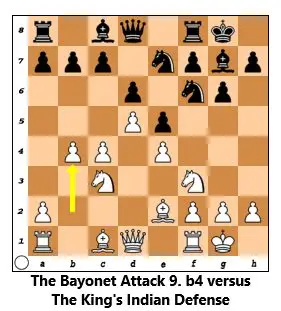
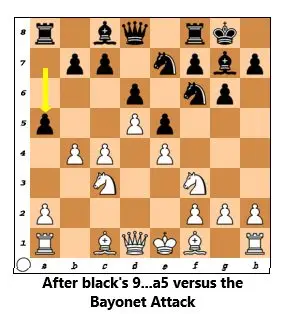
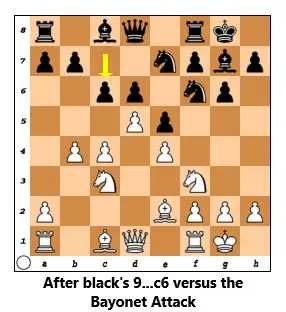

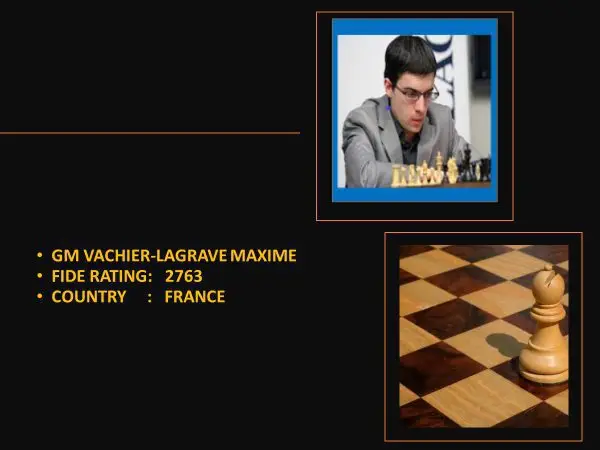


11/09/2021 – Grandmaster’s responsibility before the game starts is to prepare/research upcoming opponent’s weaknesses and strengths. In this game between super GM Vachier-Lagrave versus the rising star – 15 year old genius from India GM R. Praggnanandhaa, who do you think was much prepared?
Have a coffee and food while checking this game. I am sure you’ll need brain energy to analyze positions and to gain knowledge about the variations used in the Sicilian Four Knights. That’s all for today.. Thank you, enjoy your weekend…
Sicilian – Four Knights Variation: is a tricky black opening that leads to unconventional movement of pieces where it delays castling. Sometimes king remains at the center sensing where the king is safer to place.
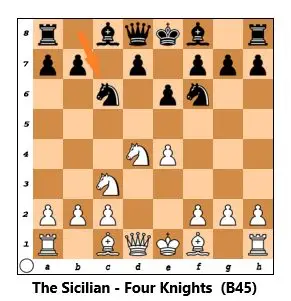
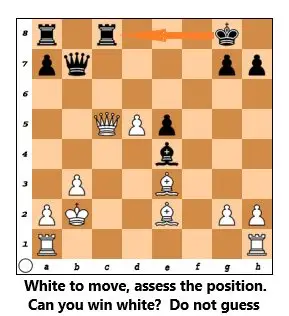

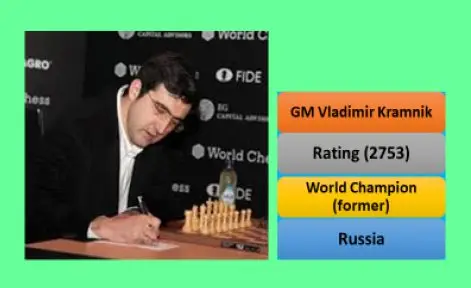


09/09/2021 – The Bayonet Attack is one of several Anti-King’s Indian systems main goal is to tame the dangerous bishop at g7. The bishop at g7 many times chessplayers call it “The Dragon Bishop”. Another strategy is to control the center then execute an attack at black’s queenside in a methodical manner.
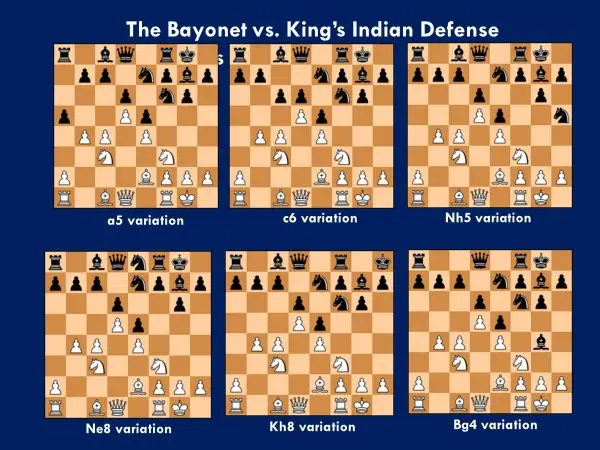
GM Vladimir Kramnik has contributed heaps of theoretical novelties using the Bayonet Attack. Even the great King’s Indian protagonist GM Kasparov is a victim of this super interesting “Bayonet Attack”. Let’s check the game of GM Karpov vs. GM Kasparov using the Samisch line for white and comparing it with the game of GM Kramnik vs Kasparov using the Bayonet Attack for white. Enjoy… bon appetit…

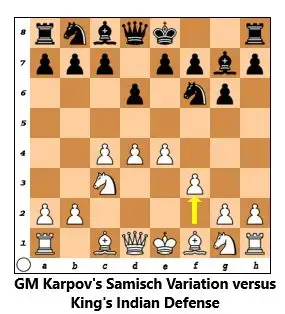
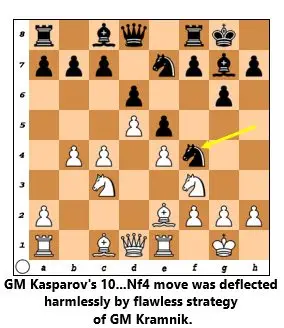
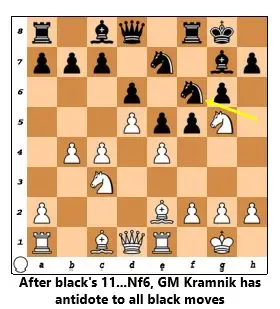

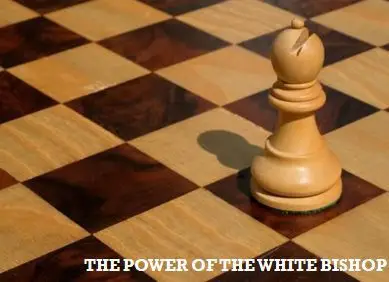
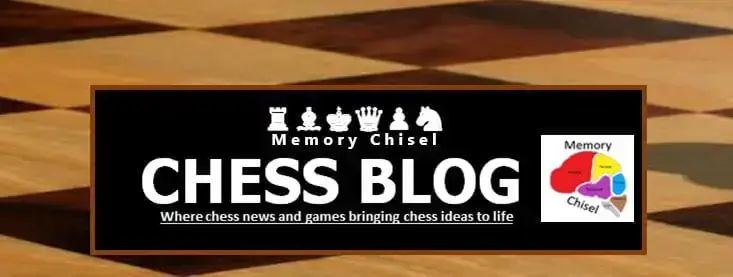

06/08/2021 – Beating the likes of 3 Super GMs (Grischuk, Gujrathi, Karjakin) and the current world champion (Carlsen) is such a feat. Newest World Cup 2021 Champ GM Jan-Krzysztof Duda is “no doubt” a contender to the World Championship Title. His style is solid (Karpov like) with deep theoretical knowledge and very calm.
But the highlight of this story remarkably his game against GM Sergey Karjakin showed mastery and brilliance to refute the Queen’s Gambit – Semi Tarrasch variation.
Now, let us check why the white bishop can become a powerful piece to win a game.
Queen’s Gambit – Semi-Tarrasch Variation: The aim of playing 4…c5, aiming a flexible and open game. However, the d5 pawn can become a weakness due to being isolated pawn. It is a matter of time, pawn will fall and the game with the help of a powerful white bishop.
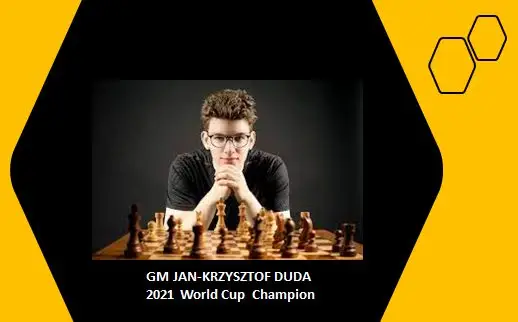
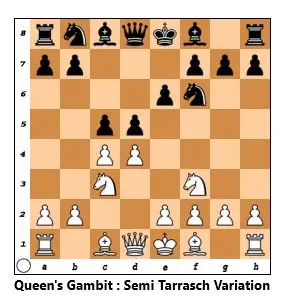
Queen’s Gambit: Semi-Tarrasch Variation (D40) Chess Opening Classification
GM Jan-Krzysztof Duda vs. GM Sergey Karjakin
(Event: 2021 World Cup, Sochi , Russia)
1: d4 Nf6
2: c4 d5
3: Nf3 e6
4: Nc3 c5 (The Queen’s Gambit – Semi-Tarrasch)
5: cxd5 cxd4
6. Qxd4 exd5
7. Bg5 Be7
8. e3 0-0
9. Rd1 Nc6
10. Qa4 Be6 (Best square for the Queen)
11. Bb5 Qb6
12. Bxf6 Bxf6
13. Nxd5 Bxd5 (d5 pawn is out)
14. Rxd5 Bxb2 (Compensate for the d5 pawn but its meaningless due to incoming disaster)
15. Ke2 Bf6 (What a way to keep the king safe)
16. Rhd1 Rac8
17. Bc4 Qb4 (offer to exchange queens, hoping to reduce pressure)
18. Qb3 Qxb3
19. Bxb3
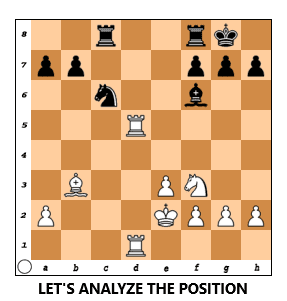
White is advantageous here due to the following reasons:
19. Nb8 (frustration)
20. g4 h6 (g6 is better)
21. h4 g6
22 g5 hxg5
23. hxg5 Be7
24. Re5 Nc6
25. Rd7
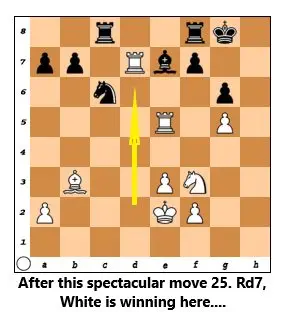
Nothing is sweeter than to see the fruit of your labour…
Hardwork is better than Talent…
25… Bd8
26. Rb5 Na5
27. Bd5 (I want you to analyze this position, how nice white’s position. What can black do here? The white bishop is POWER….
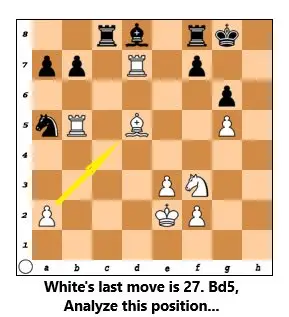




Grandmaster Garry Kasparov is one of the most successful and respected players in chess history. He authored “My Great Predecessors” and one of my favorite books” Fighting Chess”.
He still coaches but if he has time, plays in Invitational Tournaments.
The King’s Indian Defense is one of the most feared black chess openings versus 1. d4. It plays a highly tactical game that if you do not defend well, may wreck your kingside or the central control. There are several white openings that somewhat stick to methodological strategy to tame the attack of the King’s Indian Defense. Please check the image below.
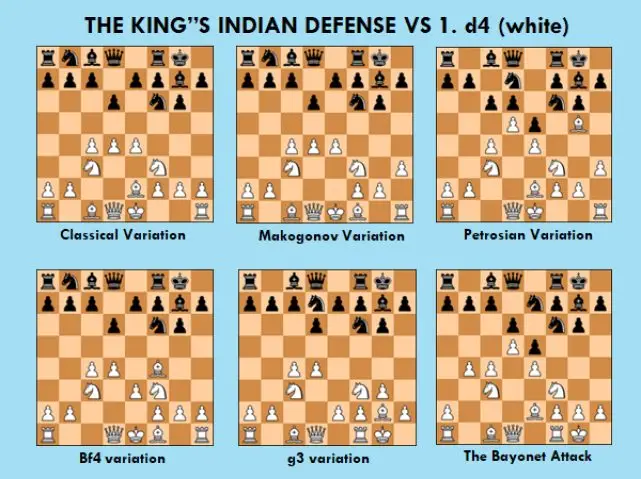
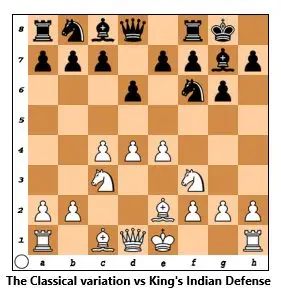
King’s Indian: Classical Variation (E99) Chess Opening Classification
GM Jeroen Piket vs. GM Garry Kasparov
(Event: 1989 Interpolis 13th, Tilburg, NED – Round 8)
1: d4 Nf6
2: Nf3 g6
3: c4 Bg7
4: Nc3 0-0
5: e4 d6
The King’s Indian Defense. This is GM Kasparov’s favorite black opening when playing versus 1. d4. Its concept is to close the position, strikes the center or the king side.
6. Be2 e5 (white plays solid setup
7. 0-0 Nc6 (black strikes the center)
8. d5 Ne7 (best square for the knight)
9. Be2 Nc6
10. Ne1 Nd7 (This is the idea, pawn storm coming soon…)
11. Be3 f5
12. f3 f4 (white needs to defend accurately here)
13. Bf2 g5
14. b4 Nf6 (white must counter attack)
15. c5 Ng6 (dangerous maneuver by black)
16: cd6 cd6
17: Rc1 Rf7 (black needs to defend the queenside)
18: a4 Bf8 (preparing rook to g7 and defending d6)
19: a5 Bd7
20: Nb5 g4 (black must counter attack)
21: Nc7 (White is creating a stress play at queenside, if you play black, how do you respond? Evaluate the position.
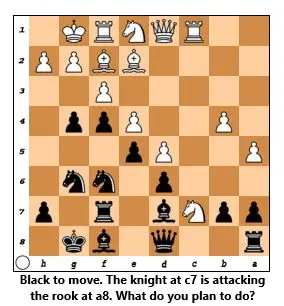
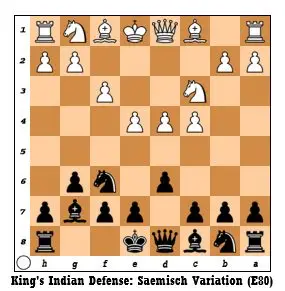
King’s Indian Defense: Saemisch Variation (E80) Chess Opening Classification
GM Smbat Lputian vs. GM Garry Kasparov
(Event: 1976 Tbilisi – Round 2)
1: d4 Nf6
2: c4 g6
3: Nc3 Bg7
4: e4 d6
5: f3 Nc6
The Saemisch Variation. Solid yet attacking opening. This style of play will attack black’s kingside opting to castle queenside.
6. Be3 a6 (black delays castling)
7. Qd2 Rb8 (in case black will castle early queenside)
8. Rb1 0-0 Yes… this is a sign that black will strike soonest…
9. b4? e5 (well timed move)
10. d5 Nd4
11. Nge2 c5 (nice move!!)
12. dc6 bc6
13. Nxd4 exd4
14. Bxd4 Re8
15. Be2 Analyze this move, What will be black’s best moves…. think 5 moves ahead….
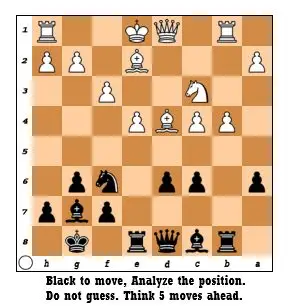
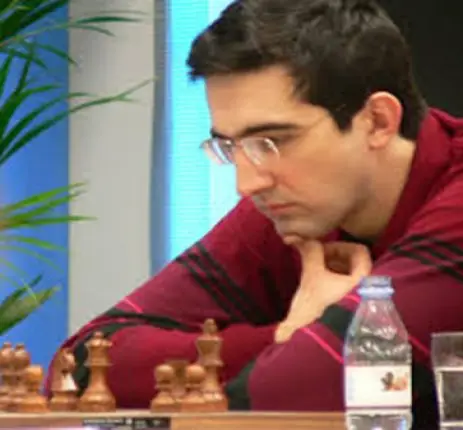


Grandmaster Vladimir Kramnik has won 3 team gold medals in Chess Olympiad. He is highly theoretical and dangerous when using 1. Nf3 as white.
He authored my favorite book “KRAMNIK, my life and games”.
The Dutch Defense is a cunning but solid defense. Especially the Leningrad and Stonewall variation. Many white setup has been successful in diverting positions in unusual way where black is not comfortable.
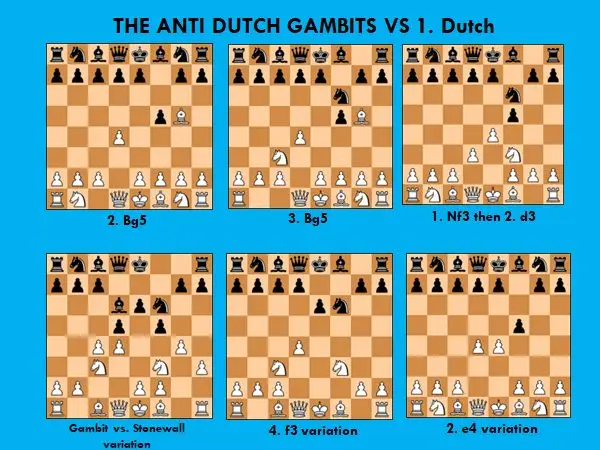
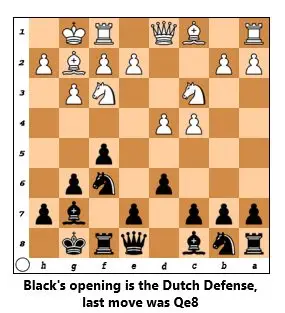
Dutch Defense: Zukertort Variation (A04) Chess Opening Classification
GM Vladimir Kramnik vs. GM Vladimir Malaniuk
(Event: 1994 Moscow, Russia – Round 9)
1: Nf3 f5 (The Dutch Defense)
2: g3 Nf6
3: Bg2 d6
4: d4 g6
5: 0-0 Bg7
The Dutch Defense is similar to King’s Indian Defense but the strategy is different as it fights for central control.
6. c4 0-0 (white plays solid setup – g3 line)
7. Nc3 Qe8 (black plans to push e5)
8. d5 Na6 (best square for the knight)
9. Rb1 Bd7 (the Rook at b1 supports b4 push)
10. b4 c5
11. Be3 f5
12. f3 f4 (white needs to defend accurately here)
13. dxc6 Bxc6
14. Qb3 Ne4 (black is not aware of white’s tactical plans)
15. Bb2 Nxc3
16: Bxc3 Bxc3
17: (GM Kramnik has already expected this position. What do you think his response? think 5 moves ahead. Do not guess.
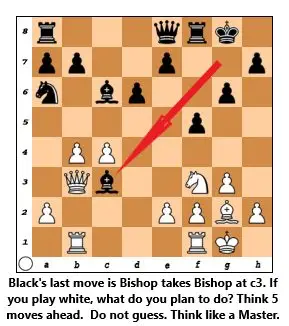


15/07/2021 – If you are a chess beginner, you may be asking what the Swiss system or round-robin tournament is? In the long run you will experience what it is all about this type of tournament system. Of course, every tournament is guided by FIDE Pairing rules; for example: playing an opponent higher rated than you or a much lower rated player, also playing either white or black would confuse you but do not worry because the computerized pairing system is proven accurate.
Now, most Swiss system/Round robin tournaments are 9 rounder or even much longer, if you noticed, it is always an odd number. Have you evaluated your playing style? Do you have a proper system to study chess openings to surprise your opponent? Are you better when handling the white or black? These are questions to assess yourself about how ready you are to compete. Since chess is governed by a willing attitude to learn, determination and patience, be confident in playing Swiss or Round robin events.
Why are Grandmasters mentally conditioned before the tournament starts? Is it due to their deep theoretical understanding and well preparedness? But this is no secret at all, GMs have pet lines or prepared lines or noticeably some are much confident playing white other GMs prefer black.
Let us check the tabulation below:
If you are playing WHITE
9 Rounds Swiss System | ||||||||||
Colour | Rd 1 | Rd 2 | Rd 3 | Rd 4 | Rd 5 | Rd 6 | Rd 7 | Rd 8 | Rd 9 | Points |
White | 1 | 1 | 1 | 1 | 1 | 7 | ||||
Black | 1/2 | 1/2 | 1/2 | 1/2 | ||||||
If you are confident that you can win the white side then think positive to win it, then try drawing black if you get lucky. This is somehow a forecasting method based on your confidence and chess preparation.
If you are playing BLACK
9 Rounds Swiss System | ||||||||||
Colour | Rd 1 | Rd 2 | Rd 3 | Rd 4 | Rd 5 | Rd 6 | Rd 7 | Rd 8 | Rd 9 | Points |
White | 1/2 | 1/2 | 1/2 | 1/2 | 6.5 | |||||
Black | 1 | 1 | 1 | 1 | 1 | |||||
Same process if you are confident playing to win black as shown.
Based on tournaments played by World Champions GM Garri Kasparov and GM Vladmir Kramnik, both have special attachments using preferred colours either white or black. “BLACK POWER” is demonstrated by GM Kasparov in the 90’s in displaying his prowess or extraordinary skills using the Sicilian Najdorf while GM Vladimir Kramnik as well a strategist and specialist using the 1. Nf3 line as white. I admit GM Kramnik is my idol.
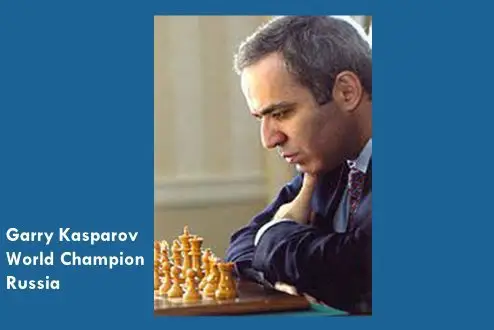
Let us check the results played by GM Garri Kasparov and GM Vladimir Kramnik based on their performance using their pet lines resulting to winning the tournament due to deep preparation.
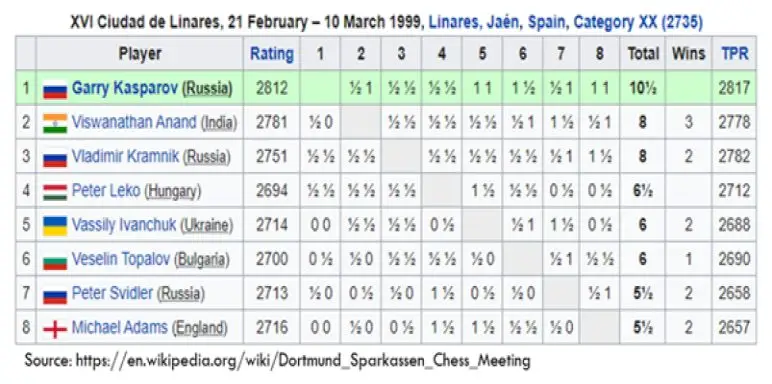
We all know that GM Kasparov is superb using black. Please check tabulation below his performance as black:
14 Round Tournament/Linares 1999 | |||||||||||||||
Colour | R 1 | R2 | R3 | R4 | R5 | R6 | R7 | R8 | R9 | R10 | R11 | R12 | R13 | Rd14 | Score |
White | 1/2 | 1/2 | 1/2 | 1/2 | 1 | 1 | 1/2 | 10.5 | |||||||
Black | 1 | 1 | 1 | 1 | 1 | 1/2 | 1/2 | ||||||||
Notice the black side strategy in effect. Using white, GM Kasparov drew 5 times.
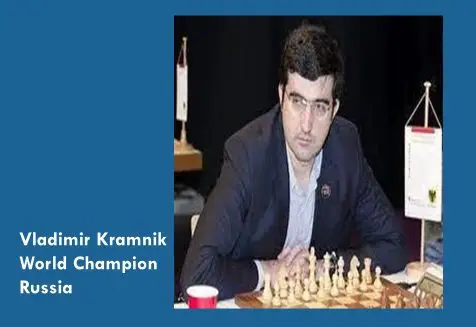
Now let us check GM Vladimir Kramnik white strategy…..
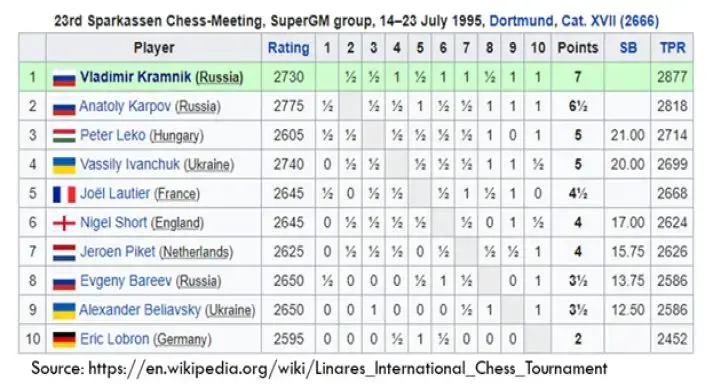
We all know that GM Kramnik is very technical and positional specialist using white. Please check tabulation below his performance as white:
Colour | Rd1 | Rd2 | Rd3 | Rd4 | Rd5 | Rd6 | Rd7 | Rd8 | Rd9 | Points |
White | 1 | 1 | 1 | 1/2 | 1 | 7 | ||||
Black | 1/2 | 1 | 1/2 | 1/2 |
Notice the white power strategy in effect. Using black, GM Kramnik drew 3 times.
I confirm that World Champions GM Kasparov and Kramnik have enjoyed this method, as well as I have applied this too in my chess games, please check below tabulation.
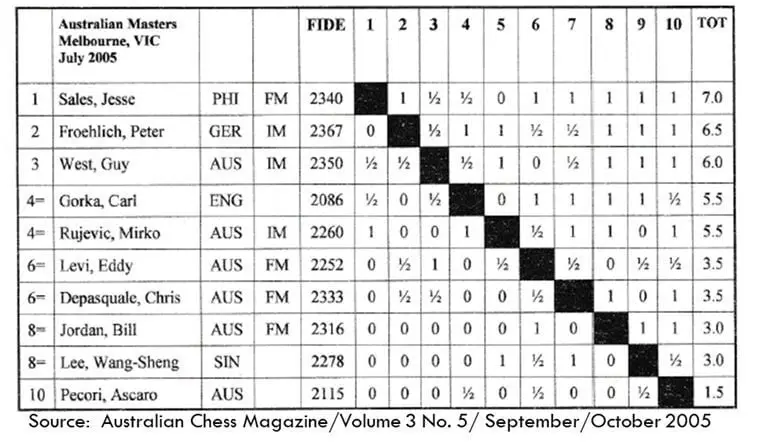
I prefer white because my favourite opening is 1. Nf3. Please check below result.
Colour | Rd1 | Rd2 | Rd3 | Rd4 | Rd5 | Rd6 | Rd7 | Rd8 | Rd9 | Points |
White | 1 | 1 | 1/2 | 1 | 1/2 | 7 | ||||
Black | 1 | 0 | 1 | 1 |
Notice the white power strategy in effect because no loss at all. By playing black I have one defeat.
I hope you have learned something about assessing your strengths in evaluating how prepared you are either using white or black to forecast high-end results. I wish you success and keep safe in your journey to become a grandmaster.
FIDE Master Jesse Noel Sales is chess author, graduate of Bachelor of Nursing at Western Sydney University (Australia) and Founder of https://memorychisel.com (leisure, entertainment, memory & cognitive testing, brain stimulation platform).

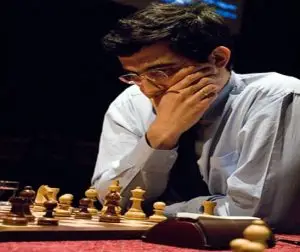
Grandmaster Vladimir Kramnik is super theoretical when playing against the King’s Indian Defense. His style has magic and unpredictability makes him dangerous to play with.
The Bayonet Attack is one of several Anti King’s Indian systems that creates a strategy where the bishop at g7 becomes inactive or creates a strategy not allowing black to control the tempo in the middle game.
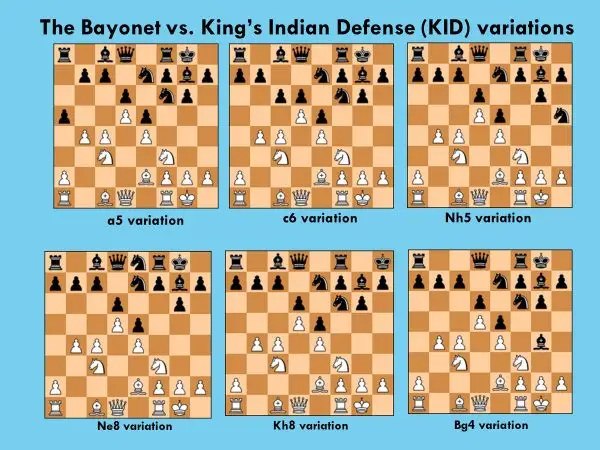

King’s Indian Defense: Orthodox Variation (E97) Chess Opening Classification
GM Vladimir Kramnik vs. GM Alexander Grischuk
(Event: 2012 Tal Memorial- Moscow, Russia – Round 2)
1: Nf3 Nf6
2: c4 g6
3: Nc3 Bg7
4: e4 d6
5: d4 0-0
6. Be2 e5
7. 0-0 Nc6
8. d5 Ne7
9. b4 Nh5 (White is using the Bayonet Attack)
10. g3 f5 (Other move for white is 10. Re1)
11. Ng5 Nf6
12. Bf3 c6 (bishop at f3 controls diagonal)
13. Bg2 h6
14. Ne6 Be6 (pawn at e6 creates a stress for black)
15. de6 Nxe4
16: Nxe4 fxe4
17: b5 Rf6
18: Bxe4 Rxe6
19: Qa4 d5 (critical position here)
20: Rd1 Kh7
21: cxd5 cxd5
22: Qb3 Rb6
23: a4 a6
24: (White to move, Analyze the position)
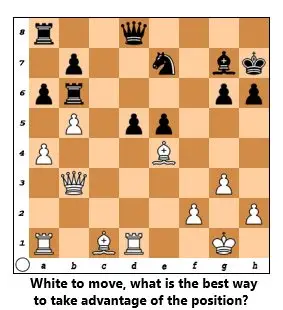
Copyright ©2025 memorychisel.com All rights Reserved.